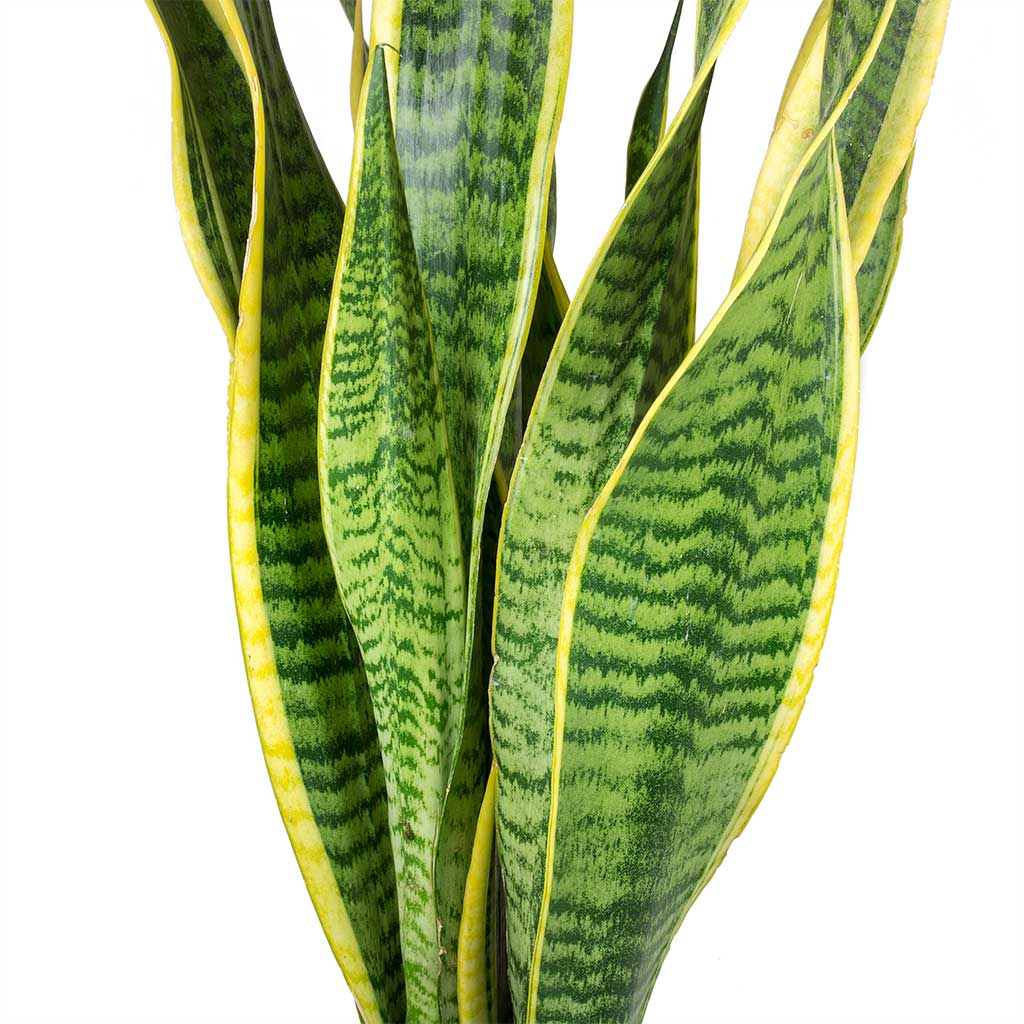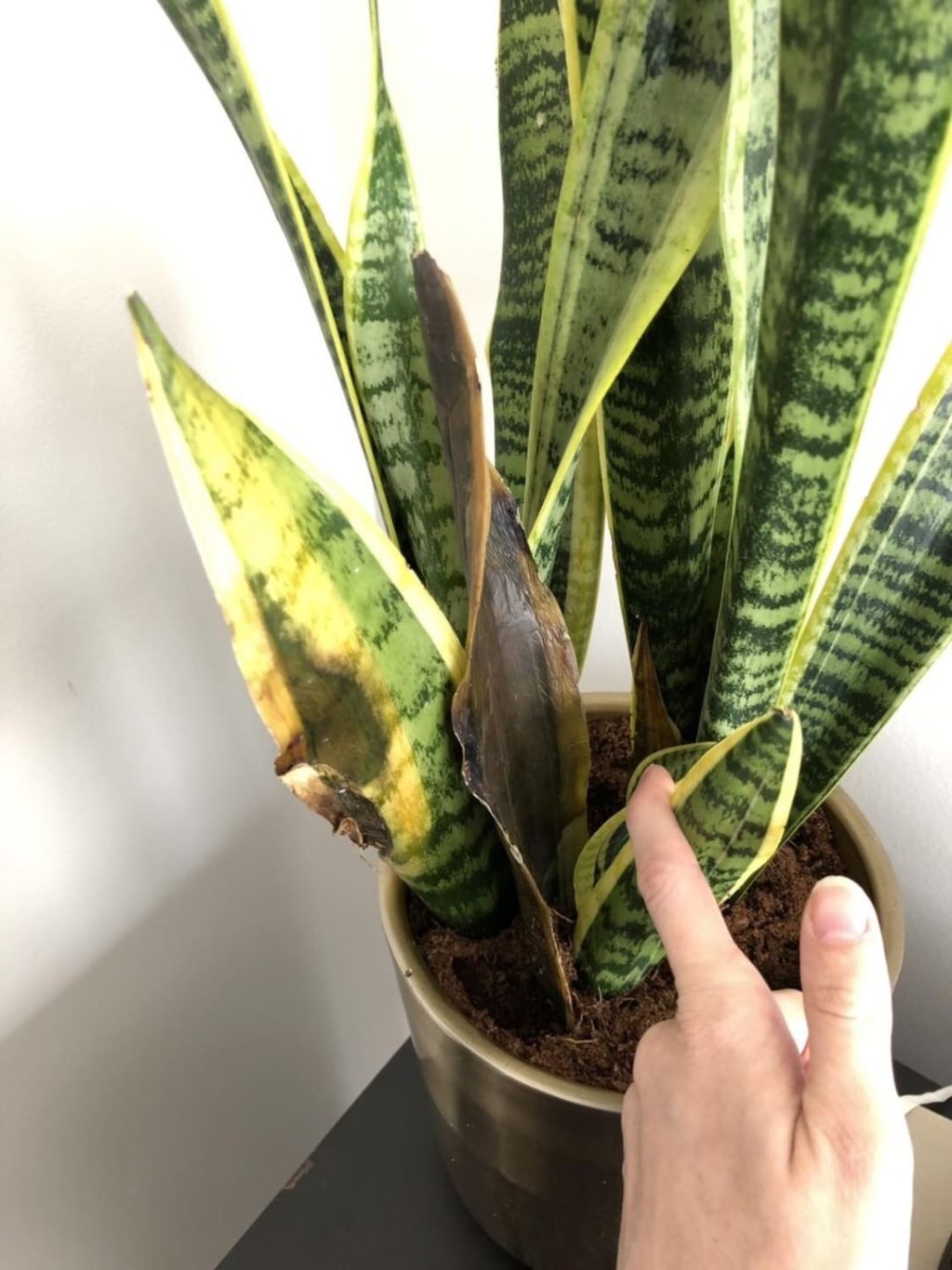All about Snake Plant Leaves Turning Yellow
Wiki Article
More About Snake Plant Leaves Turning Yellow
Table of ContentsSnake Plant Leaves Turning Yellow - QuestionsSnake Plant Leaves Turning Yellow Things To Know Before You BuyFascination About Snake Plant Leaves Turning YellowThe Single Strategy To Use For Snake Plant Leaves Turning YellowSnake Plant Leaves Turning Yellow Can Be Fun For AnyoneThe 9-Second Trick For Snake Plant Leaves Turning Yellow
If you plan to have a serpent plant in your house, here are a number of points to remember: Too much water is this plant's weak point. Location a snake plant in a well-drained pot to stay clear of overwatering, as it can create deteriorating. Just water the soil when it's entirely dry.If totally shaded, the plant can dull and the fallen leaves might become a little bit drooping. Snake plants are not just easy to look after however simple to multiply. Simply comply with these directions: Cut off a healthy and balanced leaf near its base and make an upside-down V cut near the bottom. Place the fallen leave in a tidy jar of water.
Area a snake plant in a well-drained pot to prevent overwatering, as it can create decaying. Serpent plants are proven to be as beneficial as they are aesthetically appealing.
Brush soil from the origin framework or rhizome. Utilize the blade to divide the plant into areas, maintaining the roots for each section undamaged. Replant areas into clean pots full of the potting soil. Water and area in a partially sunny place. Spin-offs or pups are baby plants emerging from the dirt.
4 Easy Facts About Snake Plant Leaves Turning Yellow Described
Utilize a sterile reducing device to get rid of a long, healthy and balanced fallen leave at its base (Snake Plant Leaves Turning Yellow). Immerse the cut end of the fallen leave in a tidy jar of water and set the jar in a partly warm area. Or permit the cut end to callous over for 24 hours and afterwards pot it cut-end downNight-blooming blossoms are fragrant and comparable in look to lilies. Make sure to pick a cultivar that flowers, since not all snake plant ranges will flower. The Spruce/ Alonda Baird The Spruce/ Alonda Baird The Spruce/ Candace Madonna Snake plants grow best with eight to 10 hours of indirect sunlight or a couple of hours of early-morning straight sunlight.
During winter season, inspect the plant's soil mix every 2 weeks or sothe plant could require to be sprinkled only once a month. If you see its leaves are fragile and dry, water instantly. During spring and summer when the plant remains in active growth, sprinkling every two weeks approximately is generally enough.
To regulate height, eliminate the highest leaves at the soil line with a sterilized cutting device. Damaged leaves can be removed at any time, however, winter months trimming can trigger tension. Repot your serpent plant every three to 5 years, or when you see roots growing out of the holes in all-time low of the pot.
Indicators on Snake Plant Leaves Turning Yellow You Need To Know
The finest time to repot is in springtime., place it at the same level my link as it was in the original pot. Serpent plants do not endure temperature levels lower than 50F.The majority of can be eliminated by hand or with a gentle spray of water. Snake plants are one of the easiest plants to keep and can last for several years.
Having a snake plant has lots of benefits. Easy to care for and a fantastic initial plant for starting garden enthusiasts, Distinct form adds elevation and interest to houseplant collections, Adapts to different light problems and tolerates low-light atmospheres, Plant is flexible and practically indestructible, Small development practice fits well in small areas, Dry spell immune FAQ Serpent plant made its name due to the fact that of the method its long, slim leaves with unique red stripes and various other markings resemble some types of serpent.

Rumored Buzz on Snake Plant Leaves Turning Yellow
Serpent plants are easy-care houseplants. Every once in a while, repotting Snake Plants is essential for maintaining a healthy and successful plant. This tutorial on repotting Serpent Plant kingdoms reveals you the steps to take, the mix to make use of, and when you ought to repot your serpent plant. Snake Plant kingdom are some of my extremely favored houseplants.I really repotted 5 of my plants however you only see 2 of them right here. I call this job the "Snake Plant switcheroo" since I switched out containers and areas they were in.
That's why I include the delicious and cactus mix due to the fact that it's chunky and well aerated (Snake Plant Leaves Turning Yellow). I likewise toss in a few handfuls of natural garden compost as I'm growing (I go much lighter on both this and the worm compost when repotting houseplants as compared to container plants in my yard) and a 1/2 layer covering of the worm compost
Both have plenty of high-grade components. Make certain whatever potting soil you make use of says it created for indoor plants on the try these out bag. I utilize this do it yourself succulent & cactus mix (this has coco chips in it) for included drain. This is an alternative as well as this set. I utilize Storage tank's local garden compost.
Not known Facts About Snake Plant Leaves Turning Yellow
Earth's a try if you can't locate anywhere you live. Both enhance the soil naturally. Worm garden compost is my favorite change, but I utilize it moderately due to the fact that it's abundant. You can find out more regarding why I make use of worm compost right here. The leading four are what I utilized for my mix.
For example, if yours is in a 6 grow pot, then an 8 pot would certainly be the size you would certainly want to utilize. Because Sansevierias like to expand as they grow, I've discovered that they don't require a deep pot. A deep pot has even more dirt mass near the bottom which can stay as well damp which leads to root rot.
You can see the thick roots they save water together with the origins & leaves. Gather your soil mix products. (Sometimes I mix them up in advance, and various other times in the pot as Read Full Report I go along. Loosen the plants from their pots. For one plant I made use of a dull knife and for the various other, I gently pressed on the expand pot.
Excitement About Snake Plant Leaves Turning Yellow
As soon as the plant is out of the pot, measure just how much soil mix you'll require to raise the top of the origin round up to 1/2 to 1 listed below the top of the brand-new pot. Include the mix in. Place the plant in the pot and fill in around the sides with mix.Report this wiki page